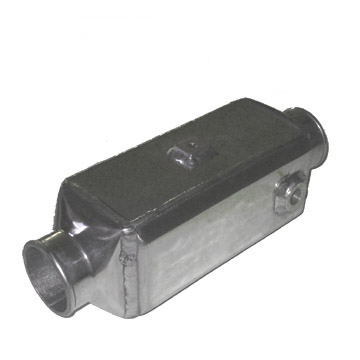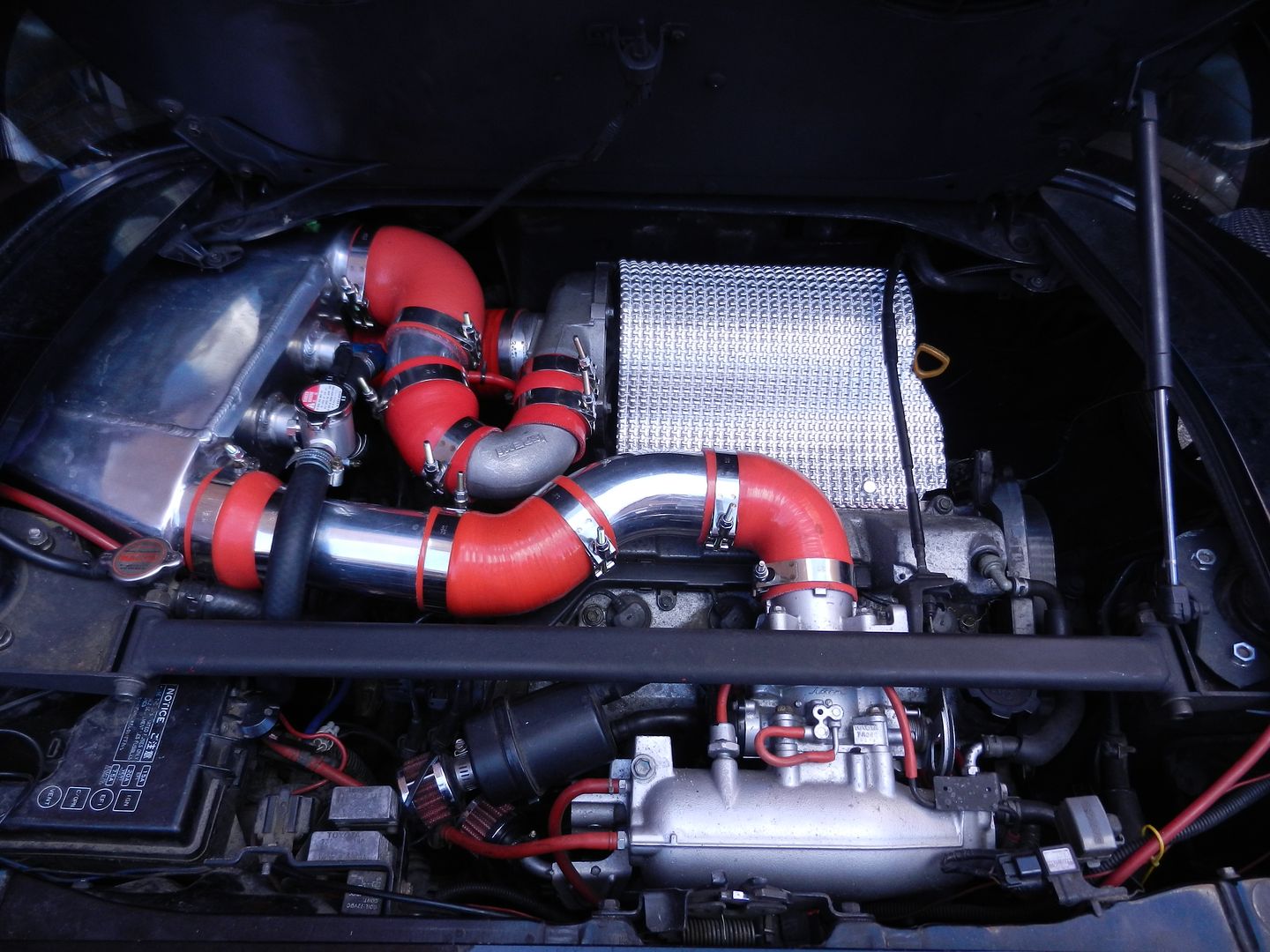many factors affect the efficiency of a heat exchanger.

.


rating a intercooler/chargecooler core in the amount of BHP it can

"flow" is at best a very rough rule of thumb and realistically total BS.


"1000BHP core!"

- 1000 bhp on what?

a huge lazy engine that runs low boost and has very little cooling to do?, or 1000 BHP on a small engine running massive boost and huge compressor outlet temps?



things that affect heat exchanger efficiency are type of core

- bar and plate, tube and fin, plate type etc,

core size, material, cooling surface area, thickness of the tubes/fins, whether the tubes have internal

'turbulators'

(additional surface area and disrupt the airflow to increase cooling), end tank design, water flow path etc

- that's before you take into account the system water capacity, pre rad and pump too

the radtec core is compromised to fit in the stock location, the end tank design isn't great and while I've not seen inside one looking at the size of it the actual cooling surface area can't be very big at all, i'm guessing it's a plate type heat exchanger by the looks of it

the precision core design is really good, the end tanks are big and direct the air nicely through the tubes, the air flows through lots of short tubes

(much better than fewer long ones

- like this for example)






water flow through the core is important too.

.


for example something like this









isn't great, as while there are turbulators inside the tubes

(good)

the water inlet/outlet is on the same side, so there's nothing forcing the cool water over the whole core, it's entirely possible that the front of the core

(opposite the in/out) is getting all of the cooling effect and the back end of the tubes isn't

whereas something like this







is a lot better, lined up in countercurrent flow the cool water would enter on the cooler

(outlet) side of the core, flow around and then out of the hot

(inlet) side of the core




